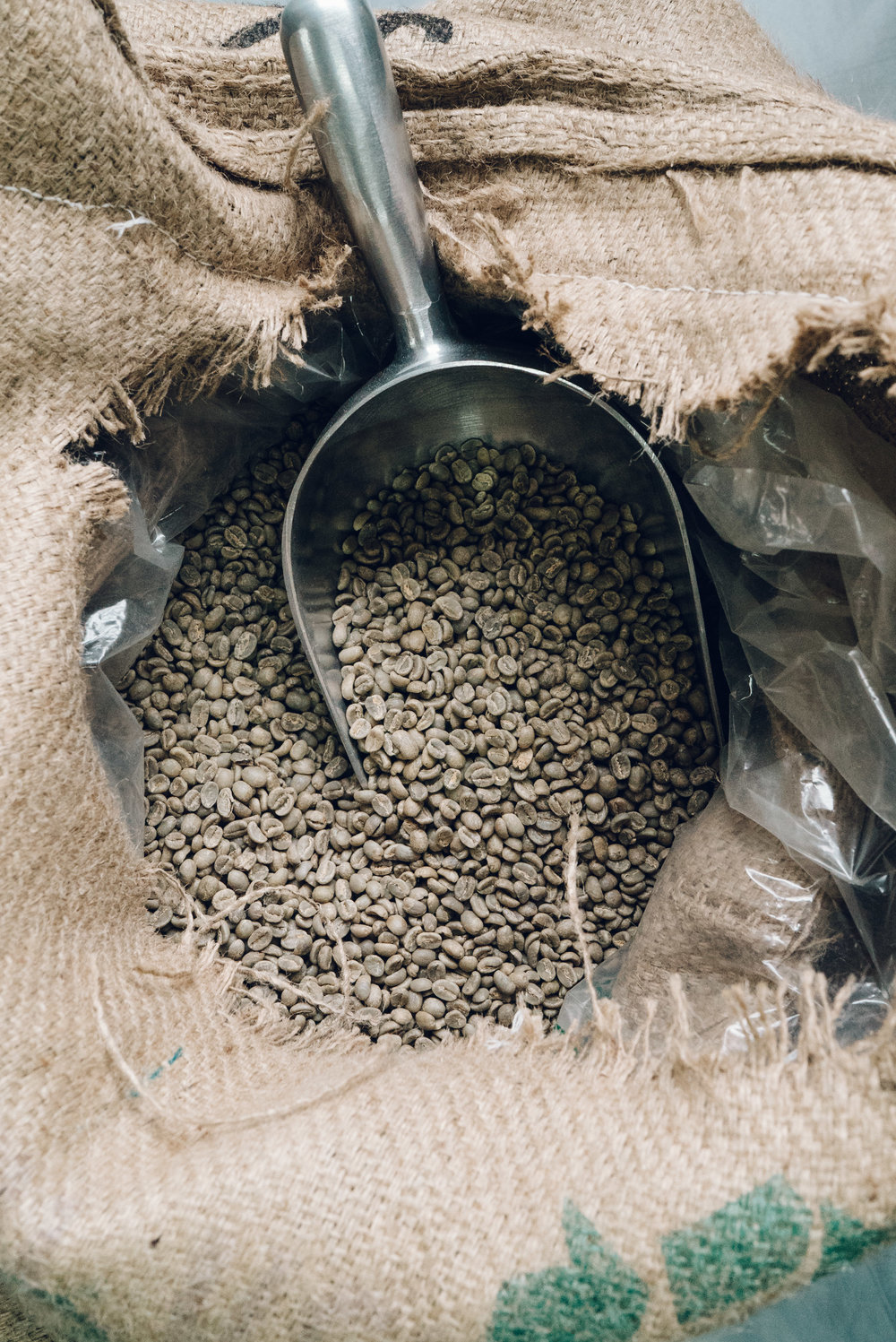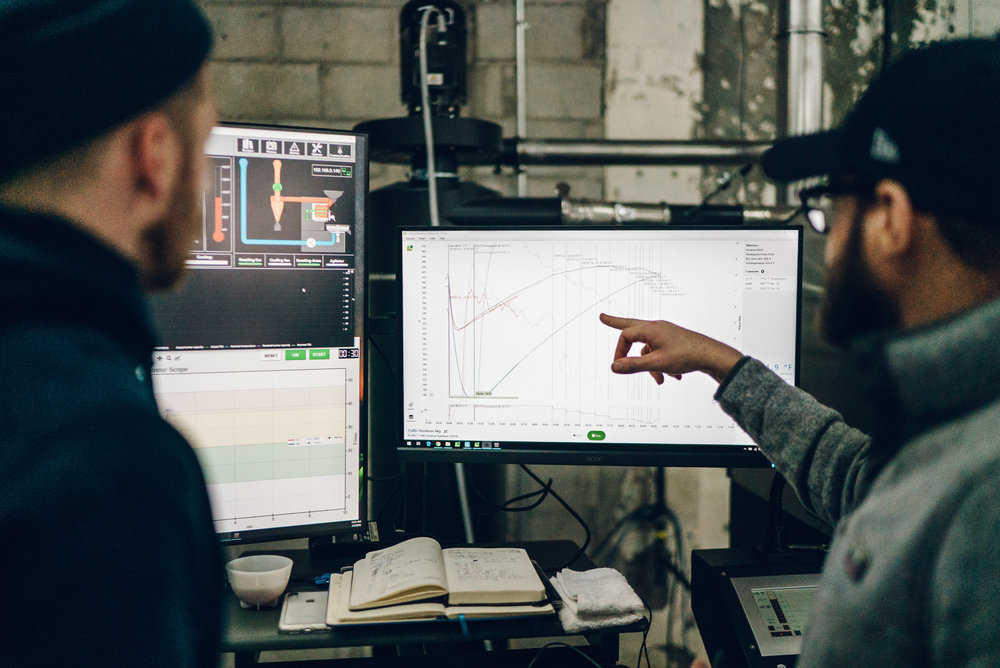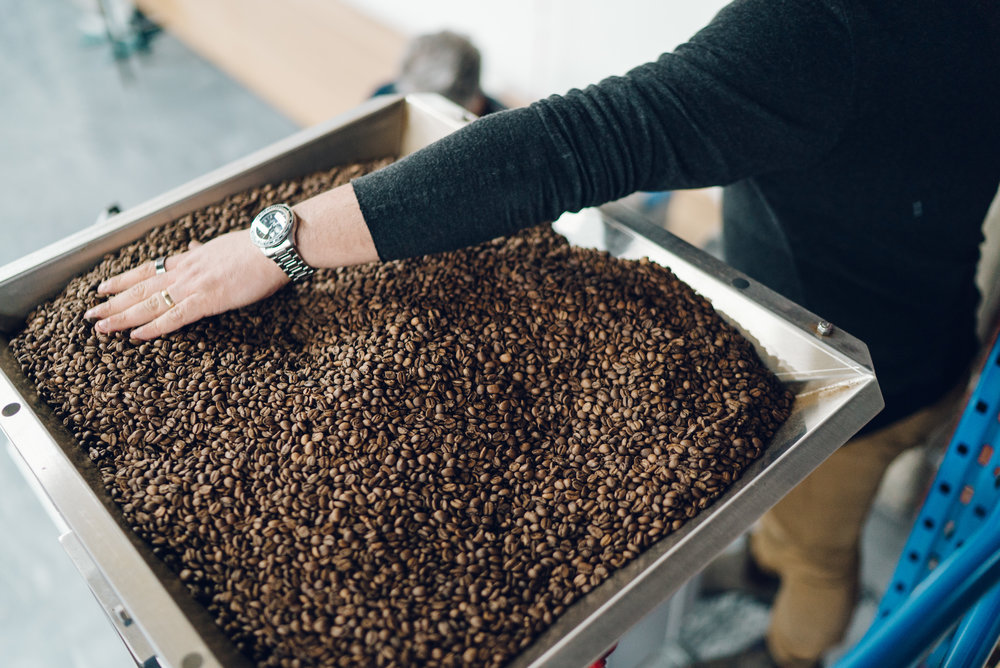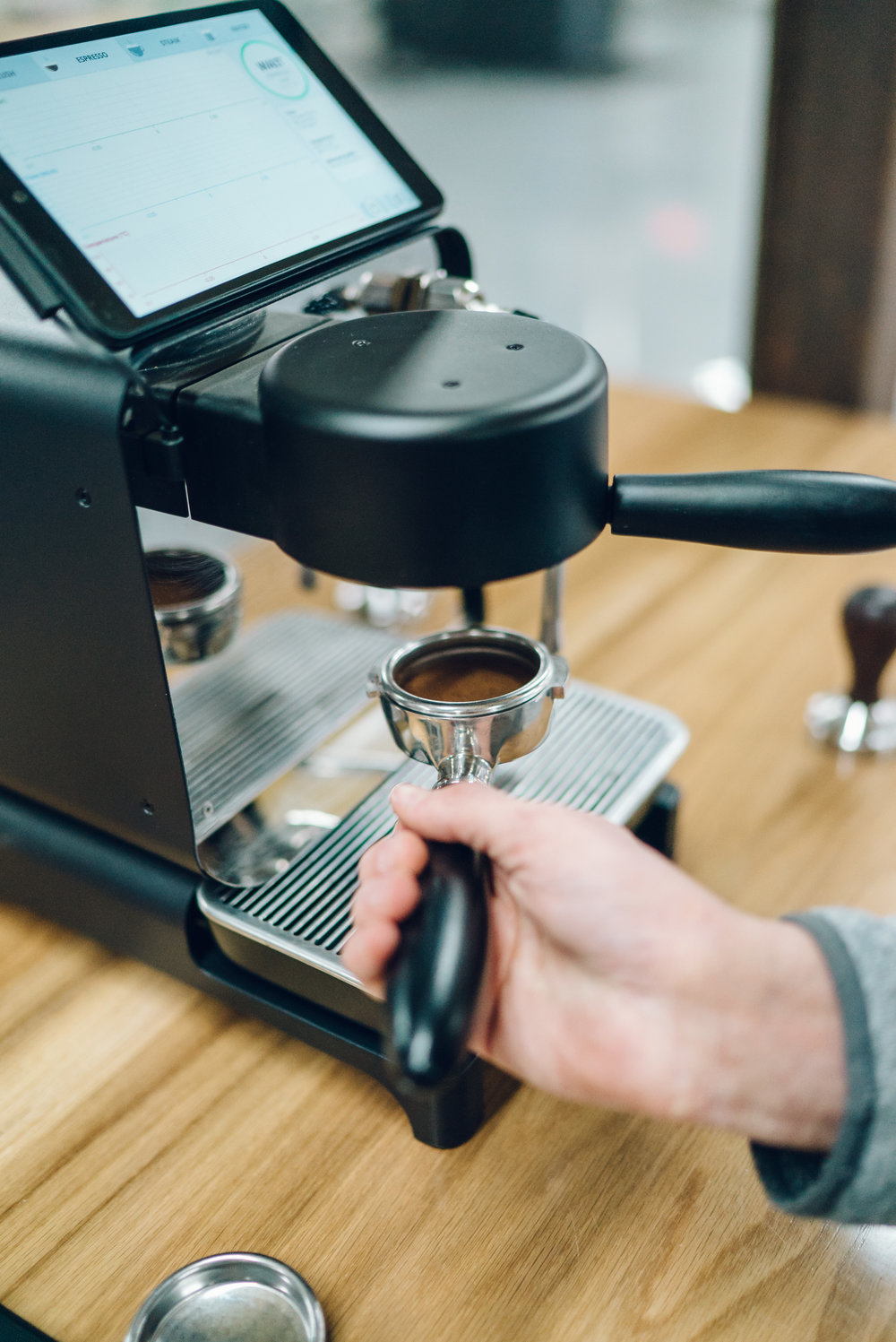Was it the green? The roast? The extraction? - a podcast by Scott Rao
from 2019-05-18T14:36:20
Was it the green? The roast? The extraction?
>

>

>

>

Photo credits: @andrewrizer
Often the most difficult part of improving a coffee is diagnosing how various inputs created a cup’s qualities. For every coffee I taste, I think about how the five main inputs (green, roast, grind, water, and extraction) contributed to the cup, and especially how any of them may have inhibited cup quality. My understanding of the role of each of those inputs is always evolving, and there is tremendous overlap among their effects.
Rather than simply being pleased with one’s own coffee, I wish every roaster and barista would default to thinking two thoughts immediately after tasting one’s own coffee in a work setting:
“How could we have made that better?”
“Which inputs (green, roast, grind, water, and extraction) should we change to improve the result?”
The effects of some inputs are sometimes easy to isolate and identify, and sometimes very difficult. Here are a few examples of ways to diagnose cause and effect in the cup.
Smokiness
Smokiness is always a result of roasting. Smokiness is distinct from “roast” or “char.” Roasts taste smoky due to insufficient airflow or excessively dark roasting (roast a batch dark enough for long enough, even adequate airflow won’t prevent some smokiness from creeping into the cup.) Some “clean” or “smokeless” roasting machines yield smoky coffee due to the beans dwelling in too much smoke for too long. Some such machines are better than others, but we can save that discussion for another time. Char and carbonized flavors are also always caused by roasting.
Acridity
A related flavor, “acrid” is usually created by roasting, but sometimes caused by excessively-hot brewing water. To taste acridity, set an espresso machine hot enough to deliver sputtering, hissing water. Ensure the portafilter is as hot as possible before brewing. Try pulling long (3:1) shots at that extreme temperature setting and look for a harsh, bitter, slightly stomach-turning flavor.
Flavor defects due to water chemistry
Certain “chemical” or “mineral” flavors are always due to water problems. Perhaps the most common is the classic defect “dish soap residue”. Sussing out the causes of these flavor taints is easy: you may use a quality bottled water as a control, and if dish-soap residue is a concern, taste the coffee in a paper cup instead of ceramic.
Vegetal flavors
Vegetal flavors usually come from roast underdevelopment, sometimes from low-quality green (especially wet-hulled coffees), and occasionally from poor water chemistry. For example, distilled water often produces vegetal flavors that don’t show up in the cup when using water with greater mineral content. To test whether vegetal flavors are inherent in a bag of green or due to roast underdevelopment, simply do a darker sample roast of the coffee and see if the vegetal flavors are still present.
Astringency
Astringency may be due to unripe cherry, an underdeveloped roast, or channeling. To find the source of astringency, I would do the following, in order:
To rule out channeling, cup the coffee— don’t taste it as a percolation brew. Immersion brews don’t channel.
If the coffee is still astringent, test roast development by sample roasting a darker batch of the coffee. Then cup it again.
If the coffee is still astringent, the likely culprit is underripe cherry.
Extremely low-TDS water can magnify astringency, but I’m honestly not sure if water can create astringency by itself.
Removing grind and water quality as factors
At a cafe or the QC lab of a roastery, if you always taste coffee by cupping (and thus avoid channeling) and have proof that your water quality and grind quality are excellent, then diagnosing the sources of cup qualities is easier, as you can focus merely on green quality and roast quality.
Side note: consider assuming your grind and water quality are suboptimal, and test them. When is the last time you blindly tasted coffee made using your water vs. various quality bottled waters or water recipes, such as the easy, excellent recipe favored by Barista Hustle? Did you invest a couple of hours to properly align your grinder when you last installed new burrs? And were those burrs installed in the past few months? Unless you can answer all of those questions favorably, please invest a few hours to test and improve your grind and water quality.
*
This post highlights a small sampling of ways the five inputs affect cup quality. There are countless such cause-and-effect relationships to consider the next time you make and taste a coffee. I hope this post offers a helpful starting point for diagnosing and improving your coffee.
Comments are welcome and encouraged.
Further episodes of Q
Further podcasts by Scott Rao
Website of Scott Rao